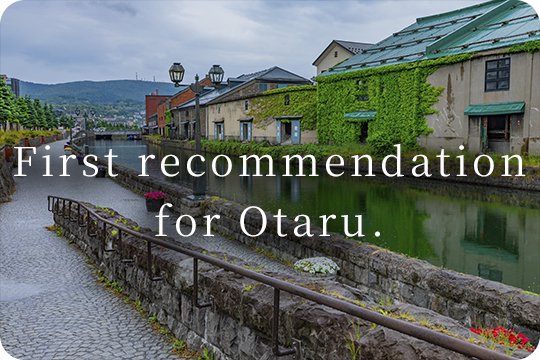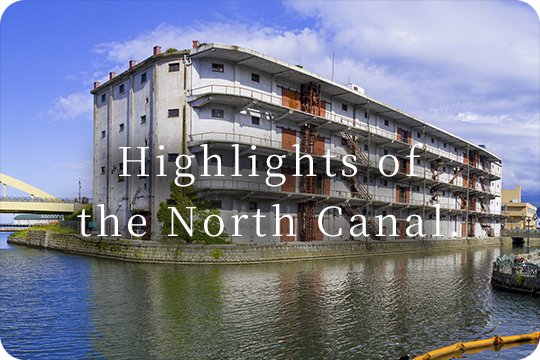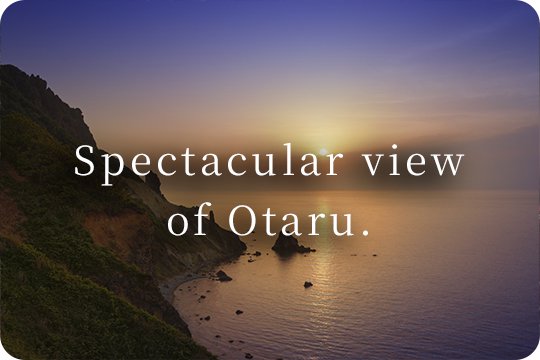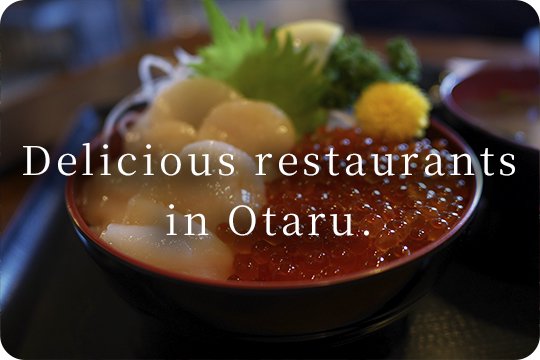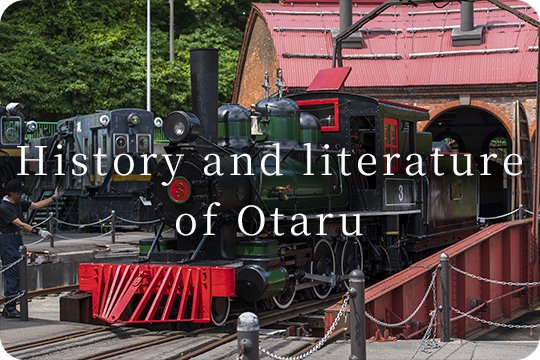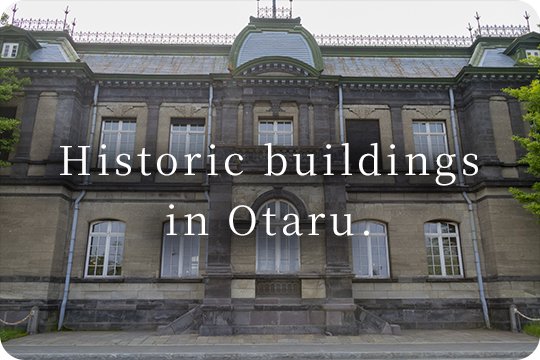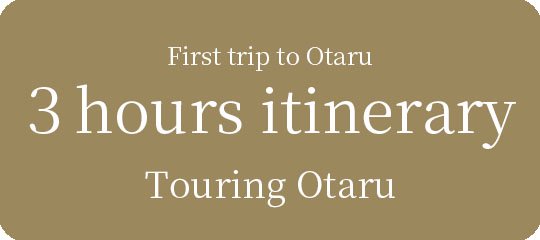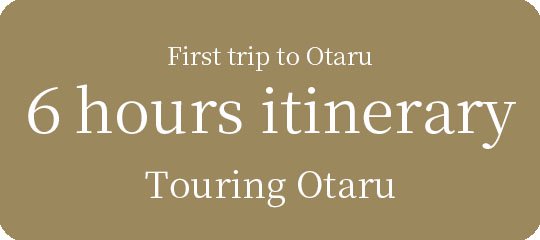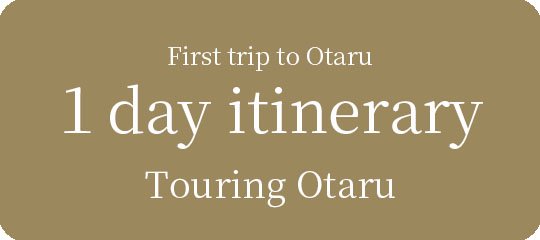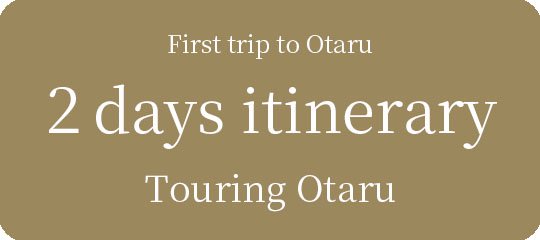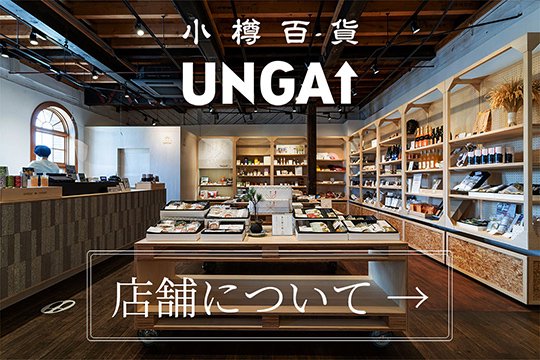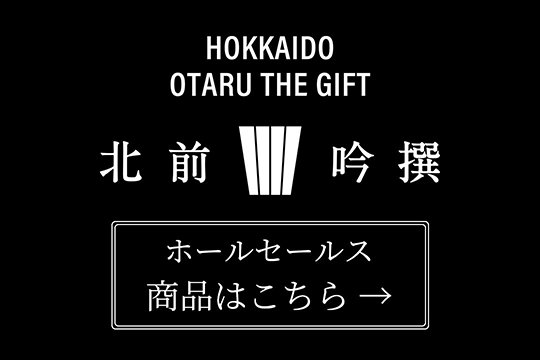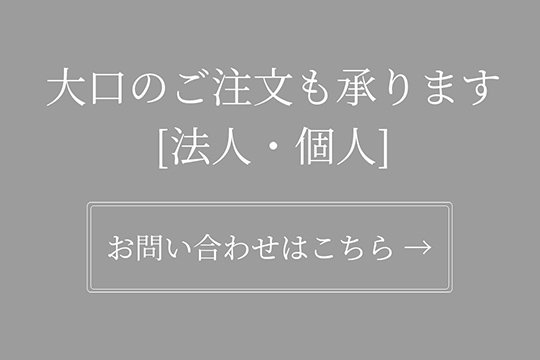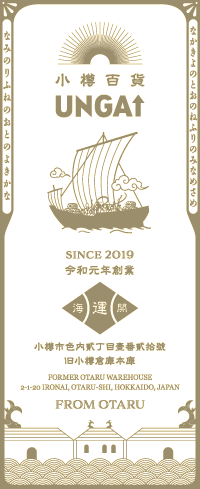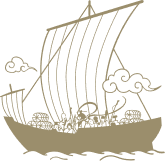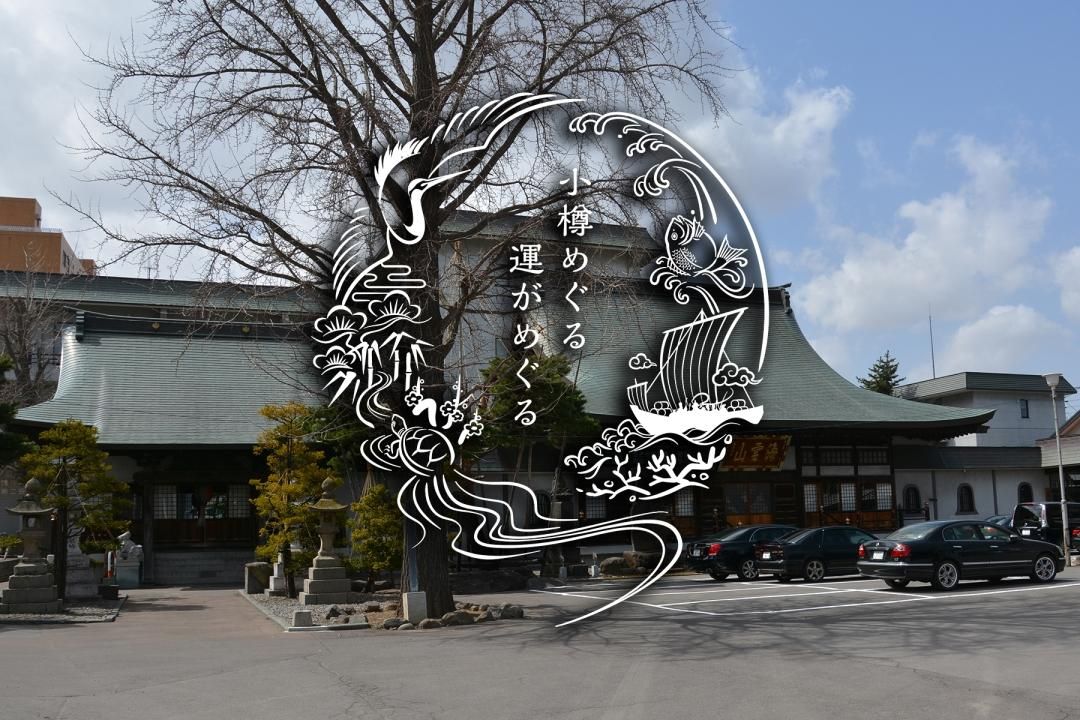
Ryutoku Temple
Otaru Travel Guide 2023
The BEST Things to Do in Otaru, Japan|Otaru Day Trip
Ryutoku Temple was founded in 1857 in Ryutoku-cho (present-day Nobukacho) by the first Daimitsu Kaiun Dai Osho, and moved to its present location of Masakae in 1874. The main hall is the oldest temple main hall in Otaru City, and although the foundation was repaired only once in 1992, the building itself remains as it was when it was founded.

The most famous item at Ryutoku Temple is one of the largest giant wooden fish in Japan, measuring 1.3m in diameter, 1m in height, and weighing 330 kg. It was made in 1933 by a hospital to donate to Ryutoku Temple, using camphorwood from Kyushu. It is said to be the largest wooden fish made from a single tree in Japan.
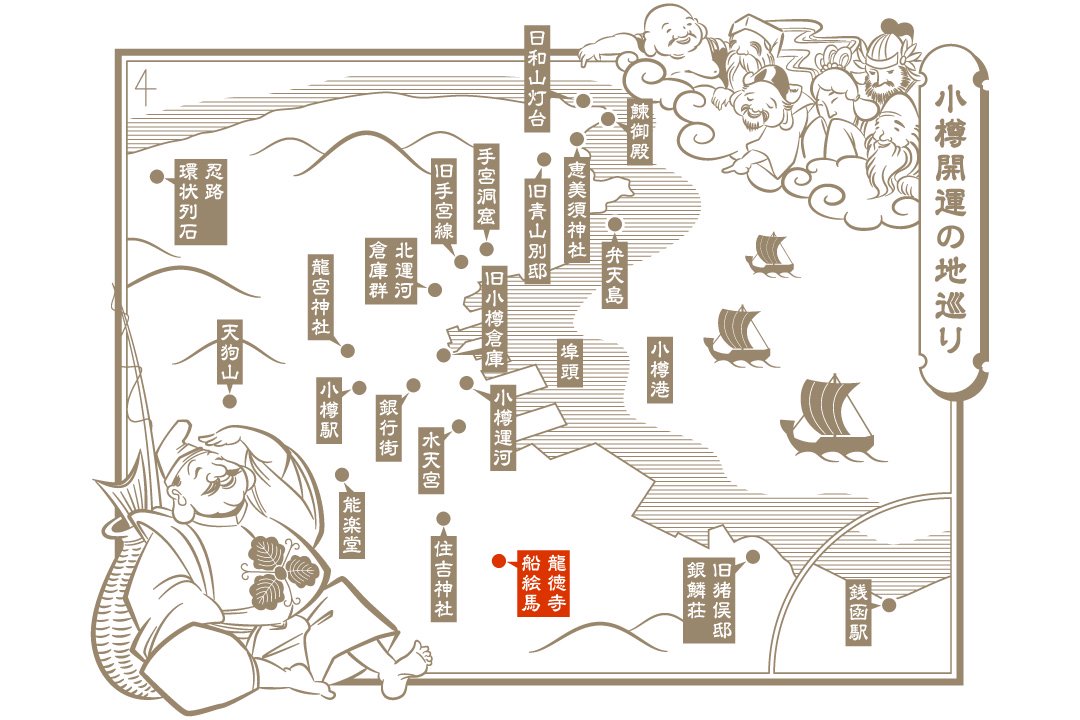
There is another famous object at Ryutoku Temple.
It is a ship's ema, which is recognized as a component of the Japanese Heritage dedicated by the Kitamae shipowners.
In ancient times, horses were considered sacred in Japan as vehicles of the gods, and live horses were presented to the gods as "Shinme" (sacred horses) during Shinto rituals.
As an abbreviated form of this custom, ema (votive tablet) with a horse drawn on it were presented to the gods and wishes were made to them.
This custom, which began in the Asuka period (710-794), came to be dedicated to temples in the Heian period (794-1185) with the syncretization of Shinto and Buddhist teachings.
When Kitamae ships appeared in the Edo period (1603-1867), the owners of Kitamae ships began to deliver ema (votive tablet) depicting their ships to shrines and temples at their ports of call, praying for safe voyages.
In the Konpira-den, located behind the main hall of Ryutoku Temple, eight large and small ema (votive picture tablets) depicting ships heading out to the surging sea as the sun rises are on display.
They were dedicated by Kitamae shipowners in the Meiji period (1868-1912).
Facility name
Ryutoku Temple
Address
〒047-0003 1-3-8, Masakae, Otaru City
Phone
0134-22-0523
Website
>Click here to visit our website.
Tai monaka chocolate with 23 lucky spots in Otaru decorated on the packaging. Chocolate and rice puffs are added to the 100% glutinous rice monaka dough, which is baked using traditional techniques.

Otaru Department Store UNGA↑
Original products that convey the attractions of Otaru are developed and sold in a storefront converted from the former Otaru warehouse headquarters, which is said to be the oldest business warehouse in Hokkaido, located in the Otaru North Canal area. The shop tells the story of Otaru's prosperity in the pioneering days of Hokkaido and the history of the Kitamaebune, and displays and sells processed seafood and agricultural products from the port of call and Hokkaido, as well as original products by craftsmen and artists associated with Otaru.
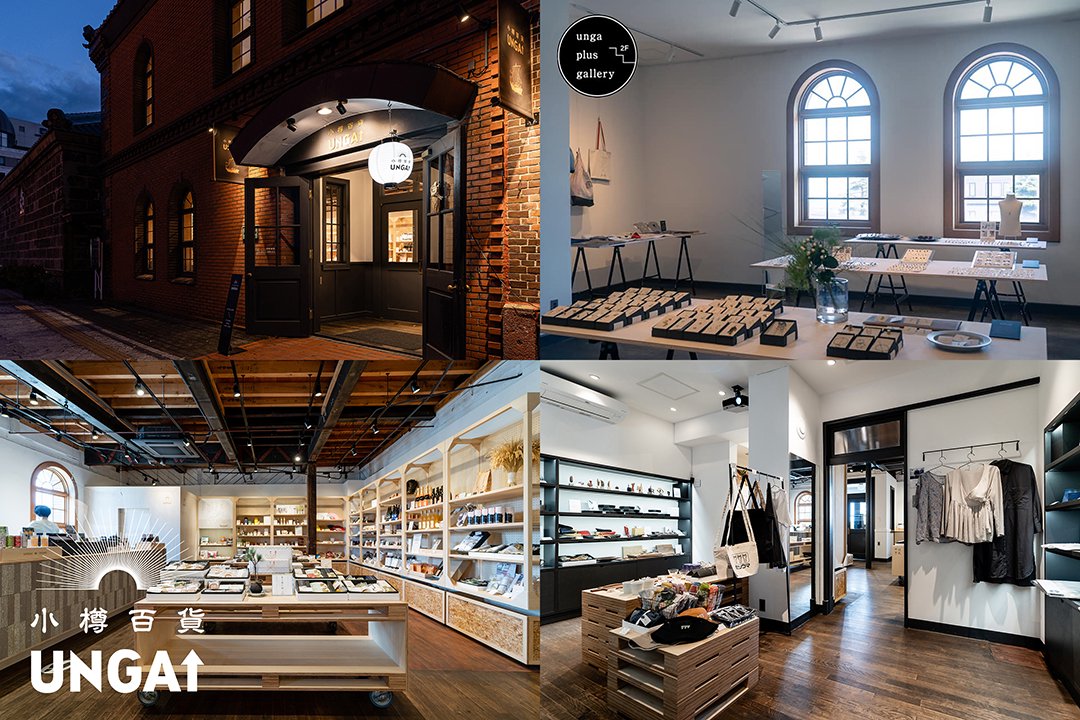
Facility name
Otaru Department Store UNGA↑
Address
〒047-0031 2-1-20 Ironai, Otaru City
Phone
0134-65-8150
Opening hours
11:00~18:00
Regular closing day
None
Website
>Click here to visit our website.
The BEST Things to Do in Otaru, Japan|Otaru Day Trip
Ryutoku Temple was founded in 1857 in Ryutoku-cho (present-day Nobukacho) by the first Daimitsu Kaiun Dai Osho, and moved to its present location of Masakae in 1874. The main hall is the oldest temple main hall in Otaru City, and although the foundation was repaired only once in 1992, the building itself remains as it was when it was founded.

The most famous item at Ryutoku Temple is one of the largest giant wooden fish in Japan, measuring 1.3m in diameter, 1m in height, and weighing 330 kg. It was made in 1933 by a hospital to donate to Ryutoku Temple, using camphorwood from Kyushu. It is said to be the largest wooden fish made from a single tree in Japan.

There is another famous object at Ryutoku Temple.
It is a ship's ema, which is recognized as a component of the Japanese Heritage dedicated by the Kitamae shipowners.
In ancient times, horses were considered sacred in Japan as vehicles of the gods, and live horses were presented to the gods as "Shinme" (sacred horses) during Shinto rituals.
As an abbreviated form of this custom, ema (votive tablet) with a horse drawn on it were presented to the gods and wishes were made to them.
This custom, which began in the Asuka period (710-794), came to be dedicated to temples in the Heian period (794-1185) with the syncretization of Shinto and Buddhist teachings.
When Kitamae ships appeared in the Edo period (1603-1867), the owners of Kitamae ships began to deliver ema (votive tablet) depicting their ships to shrines and temples at their ports of call, praying for safe voyages.
In the Konpira-den, located behind the main hall of Ryutoku Temple, eight large and small ema (votive picture tablets) depicting ships heading out to the surging sea as the sun rises are on display.
They were dedicated by Kitamae shipowners in the Meiji period (1868-1912).
Facility name
Ryutoku Temple
Address
〒047-0003 1-3-8, Masakae, Otaru City
Phone
0134-22-0523
Website
>Click here to visit our website.
Chocolate in the shape of a sea bream
Tai monaka chocolate with 23 lucky spots in Otaru decorated on the packaging. Chocolate and rice puffs are added to the 100% glutinous rice monaka dough, which is baked using traditional techniques.

Otaru Travel Guide Category List
Otaru Department Store UNGA↑
Original products that convey the attractions of Otaru are developed and sold in a storefront converted from the former Otaru warehouse headquarters, which is said to be the oldest business warehouse in Hokkaido, located in the Otaru North Canal area. The shop tells the story of Otaru's prosperity in the pioneering days of Hokkaido and the history of the Kitamaebune, and displays and sells processed seafood and agricultural products from the port of call and Hokkaido, as well as original products by craftsmen and artists associated with Otaru.

Facility name
Otaru Department Store UNGA↑
Address
〒047-0031 2-1-20 Ironai, Otaru City
Phone
0134-65-8150
Opening hours
11:00~18:00
Regular closing day
None
Website
>Click here to visit our website.





